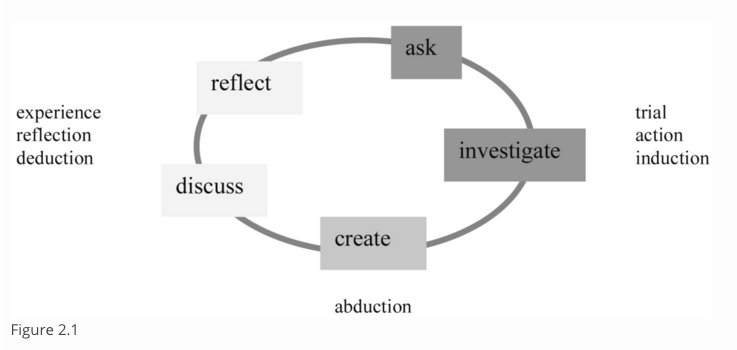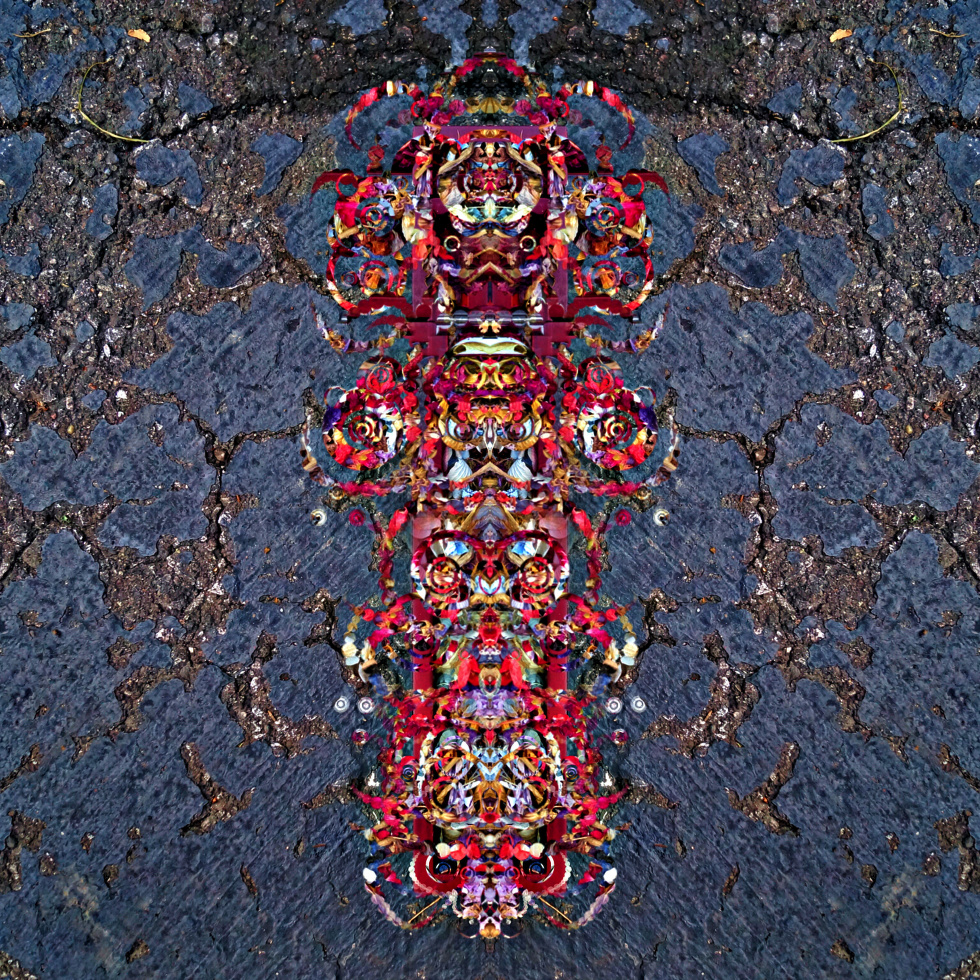In trickster’s case, how did mental fakery come to replace incarnate fakery?
It is one thing for trypanosomes to change their skins; another for Raven to become a leaf floating in spring water; another still for storytellers to have imagined Raven in the first place, or for one of us to reimagine him. Before picking these strands apart, however, we should remember that the mythology itself asks us to confuse them. Coyote stories point to coyotes teaching about the mind, the stories themselves look to predator-prey relationships for the birth of cunning. These myths suggest that blending natural history and mental phenomena is not an unthinkable conflation, but on the contrary, an accurate description of the way things are. To learn about intelligence from Coyote the meat thief is to know that we are embodied thinkers. If the brain has cunning, it has it as a consequence of appetite; the blood that lights the mind gets its sugars from the gut.
-Lewis Hyde, Trickster Makes This World: Mischief, Myth, and Art.
The subject becomes a game that hides through and in his cause from his cause, the (external) precondition laying bare the (internal) foundation. – Julie Kristeva
The tracking that any [image] instrumentalizes is an adventure that is always immediate, happening now, registering the dynamics of belief.
(adapted, substituting |image| for |text|) via, -Elaine Jahner, “Trickster Discourse and Postmodern Strategies.”)
“Play around with it, intentionally.” That would be the clue. I’m wandering around the following: participation, experience of art, play, cleverest trick.
If you could give up tricks and cleverness, this would be the cleverest trick! (version of Rumi, John LeMoyne)
An example of a clever trick in the experience of art is any expert critical opinion that is by (socially-constructed) necessity blinded to, unbounded from, the actuality of the embodied knowing which emerges from consciousness being aware and present as a matter of experiencing art, or, experiencing any ‘scene,’ so-to-speak.
Opinions like this are like standing at the end of the diving board and not wanting to dive in.
Do playful systems know that they play? [pdf]
Michael Straeubig, Plymouth University
The Philosophy of Computer Games Conference, Malta 2016
From autopoiesis to neurophenomenology: Francisco Varela’s exploration of the biophysics of being [pdf]
Antoine Lutz, et al 2003
Toward a neurophenomenology as an account of generative passages: A first empirical case study [pdf]
Antoine Lutz
LENA – Neurosciences Cognitives et Imagerie Cérébrale 2002
(*) A cybernetic model of design research: Towards a trans-domain 1 of knowing
Wolfgang Jonas, The Routledge Companion to Design Research 2014




